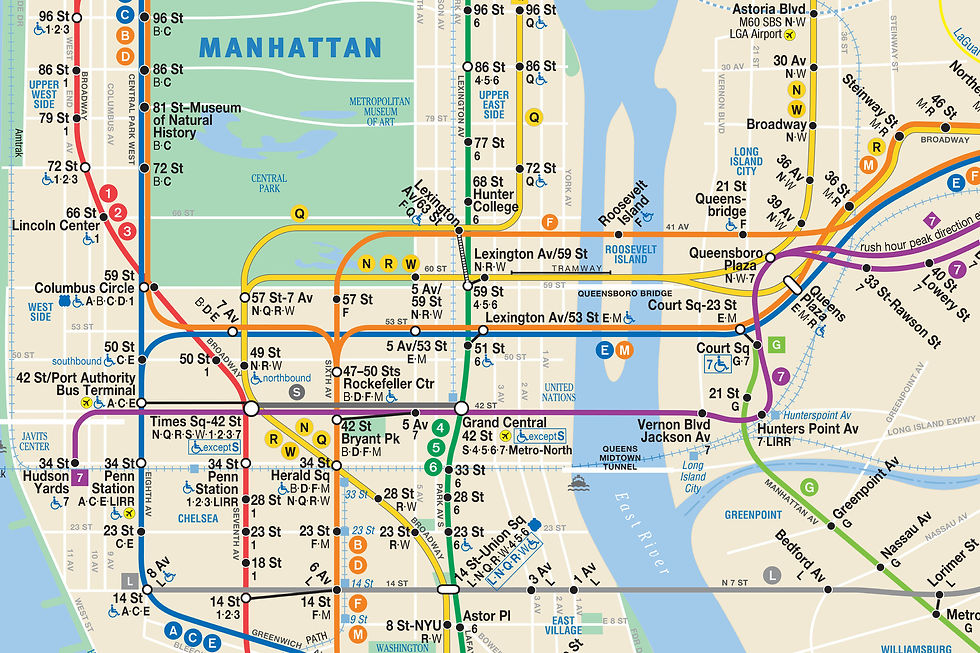The Influence of Change on the Well-Being of a Population: The Berlin Wall
- Mindy Fullilove
- Jun 17, 2021
- 1 min read
Updated: Jun 18, 2021
This paper presents interviews with men and women from "East" and "West" Berlin as they they lived through the rise and fall of the Wall.
AUTHORS: Véronique Héon-Klin, Dr med, MPH; Erika Sieber, Dr med; Julia Huebner, AB; and Mindy Thompson Fullilove, MD.
PUBLICATION: American Journal of Public Health, March 2001.
ABSTRACT
Objectives. Social cohesion is recognized as a fundamental condition for healthy populations, but social cohesion itself arises from political unity. The his-tory of the Berlin Wall provides a unique opportunity to examine the effects of partition on social cohesion and, by inference, on health.
Methods. This ethnographic study consisted of examination of the territory formerly occupied by the Wall, formal and informal interviews with Berlin res-idents, and collection of cultural documents related to the Wall. Transcripts, field notes, and documents were examined by means of a keyword-in-context analysis.
Results. The separation of Berlin into 2 parts was a traumatic experience for the city’s residents. After partition, East and West Germany had divergent social, cultural, and political experiences and gradually grew apart.
Conclusions. The demolition of the Wall—the symbol and the instrument of partition—makes possible but does not ensure the reintegration of 2 populations that were separated for 40 years. The evolution of a new common culture might be accelerated by active attempts at cultural and social exchange. (Am J Public Health. 2001;91:369–374



Comments